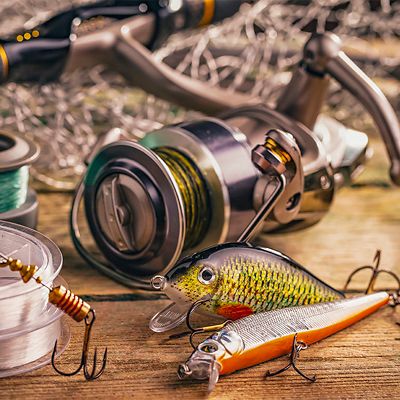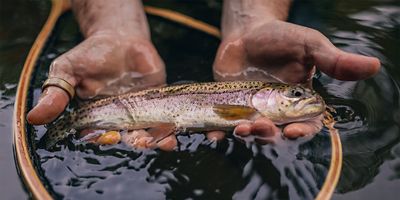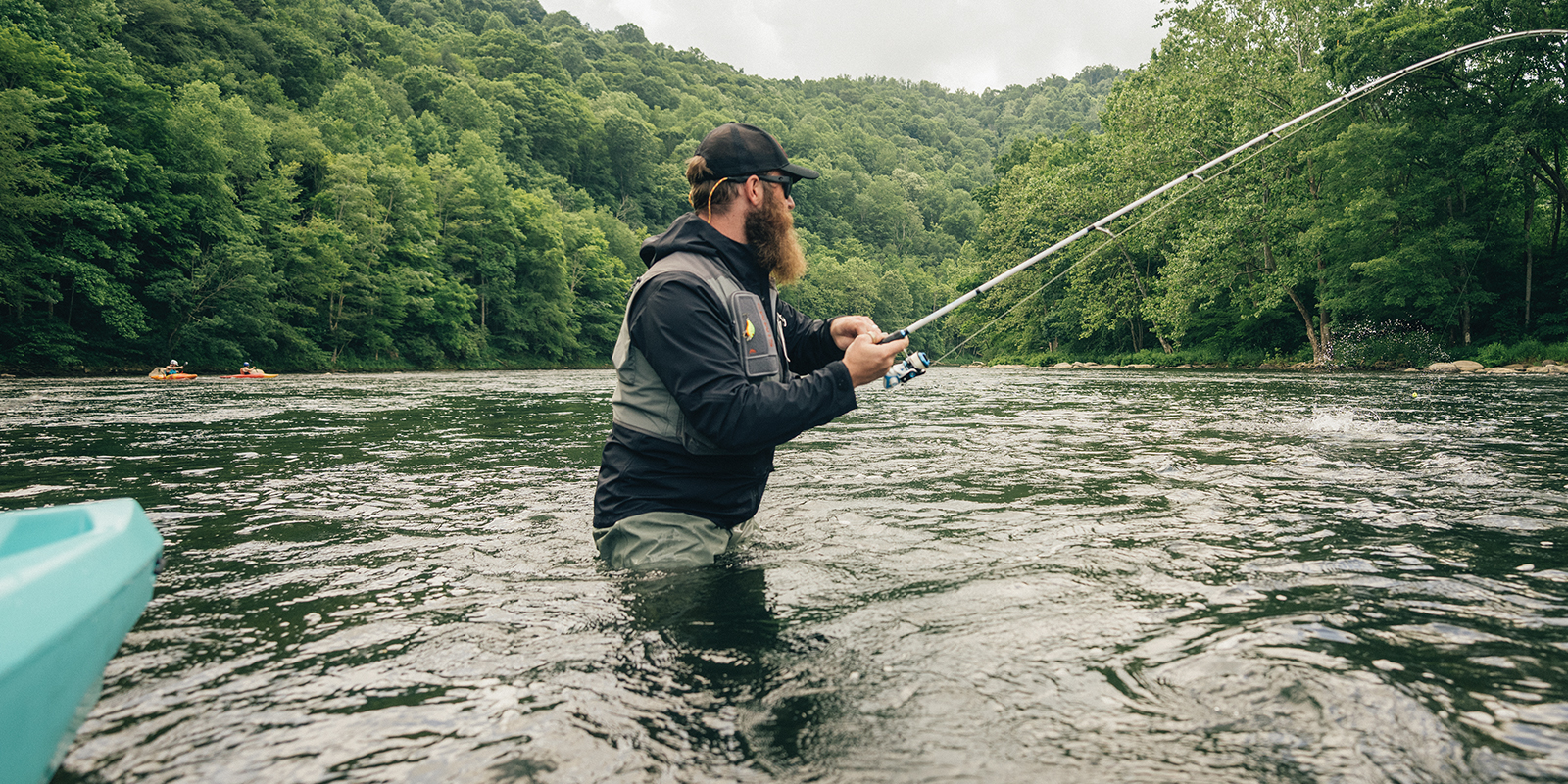For the uninitiated, it seems like it should be as simple as matching the weight of your leader to the fish you want to catch. But with fly casting, balance and timing are also critical factors. Your leader can make all the difference between you expertly dropping your fly over a big trout, or you dropping it flat at your feet after your cast line bunches up in mid-air. Your fly fishing leader may be the most important piece of your entire setup. If it’s not right, nothing else will work like it’s supposed to—no matter how much you spent on your rod or reel.
Intimidated? The good news is that once you have a rod, reel, fly line, and have chosen your fly setup, the choice of what leader to use is pretty much made for you. The trick is in deciphering that code.
What’s the Difference Between Leader and Tippet?
For starters: Leader is the piece of fishing line that connects your thick, colored fly line to your fly. If you’re used to fishing with a spinning reel, it looks like typical fishing line: clear plastic filament.
But it’s more complicated than a simple fishing line. By definition a leader has two parts: a butt end and tippet. The butt section attaches and lives closest to your fly line, and then tapers to smaller diameters (we’ll get to that) as it extends for roughly two feet to the end of the leader: That’s the tippet. This is where you actually tie your fly.
When you pick up a packet of leader, you get the whole shebang: Butt section tapering to tippet in one continuous piece of line. Tie that onto your fly line, attach a fly, and you’re good to go. But periodically, as you fish, snip off and replace a fly, snap a line in a tree, and just go about the business of fly fishing, you’re going to lose pieces of your tippet. So, rather than replacing your entire leader (the butt section is probably still good), you can also purchase separate spools of only leader that you can tie onto your butt section to complete your leader once again.





